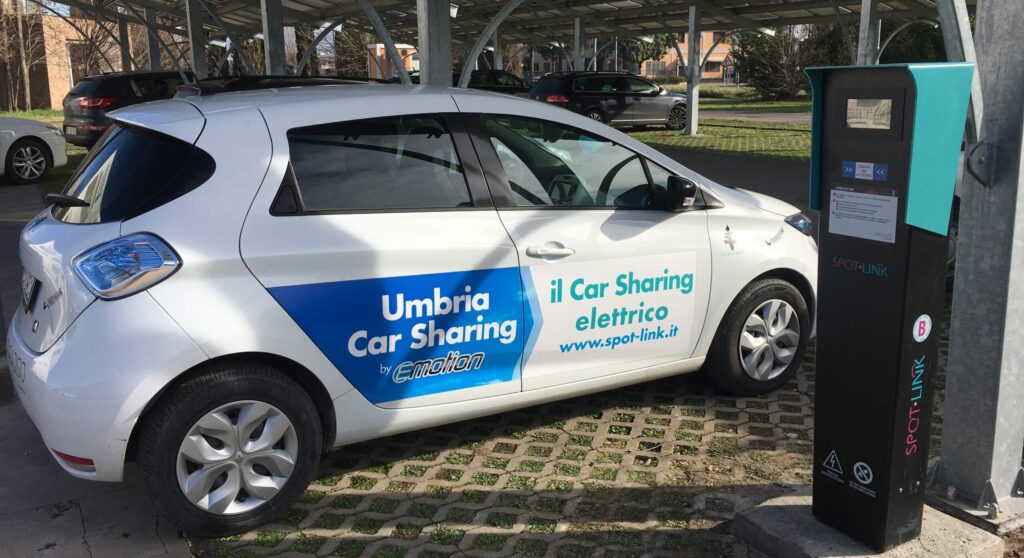EMOT will demonstrate the potentiality offered by e-Mobility involvement in electricity grid management, with a view to increase grid operation efficiency, reduce reverse power flow towards MV and reduce cyber-security risk. Demonstration activities will be hosted in ASM smart grid in Terni (Italy); pilot site will include smart meters, photovoltaic (PV) plants, energy customers, electric vehicles (EV) and charging stations. The proposed pilot infrastructure comprises four substations and focus on a MV/LV network branch managed by a secondary substation, which serves a 200 kW PV plant, which often has an electricity surplus originating from reverse power flow in the primary substation. Reverse power flow creates instability of the system, resulting in overvoltage on the feeder, lack of coordination, increased fault currents and incorrect operation of equipment. In order to reduce reverse power flow, a fleet of six electric vehicles will be deployed at Terni pilot site with the aim of providing flexibility to the electricity grid via charging sessions rescheduling, enabled by EMOT SpotLink e-Mobility platform and managed by EMOT start&stop/power modulation systems.

Electric vehicles will be equipped with an on-board diagnostic device (OBD), a IoT component, based on Raspberry Pi 3 and Carberry; Carberry represents the link between car electronics and Raspberry Pi, which allows the development of end-user applications. OBD will utilize a TCP/IP communication to a TCP/IP server. The network connectivity of the OBD device will be via data SIM (UMTS), thanks to a Raspberry module that works as a modem, and the server will be a python software; OBD protocol will be MQTT and the sampling rate will be 5 seconds. OBD will connect to EV diagnostic interface from which it will be possible to extract the information from EV control unit using the CAN-bus protocol. The output data, such as State of Charge (SoC), will be leveraged to elaborate the potential flexibility that EVs can provide and thus obtain reliable forecasts to optimize renewable energy integration via demand-response (DR) campaigns enabled by human-centred smart micro-contracts and micro-payments.

